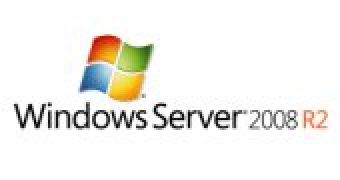As of the end of the past week, customers running SAP will be able to leverage the latest iteration of the Windows Server platform along with the associated hypervisor from Microsoft. Starting with February 5th, 2010, SAP allows users to take advantage of Hyper-V on Windows Server 2008 R2 in scenarios that also involve guest operating systems Windows Server 2008 or Windows Server 2003. In this manner, SAP has extended support for its business management software solutions applications and services to cover the latest virtualization offerings from Microsoft.
“While the validation of SAP applications on Windows Server 2008 R2 currently still goes on, SAP has made last week an important announcement regarding the use of Windows Server 2008 R2 for Hyper-V Server purposes. It's now officially supported by SAP to use the new Hyper-V implementation in Windows Server 2008 R2 for SAP installations in Virtual Machines (at the current time however, the VM's have to be on Windows Server 2008 or Windows Server 2003). The support statemenst of SAP can be found on SDN or in SAP note 1409608,” revealed a member of the technology team in Microsoft's Global Alliance for SAP.
Business customers are increasingly tapping virtualization solutions for the obvious advantages, including infrastructure optimization, and the reduction of operational and hardware costs. Suppliers of business solutions can hardly ignore the trend, or risk losing customers. In this regard, SAP, along with the rest of the industry, is embracing virtualization solutions, albeit not all, but certainly the offerings from Microsoft. Of course, SAP and the Redmond company have a long tradition of collaboration, which only evolves as the years pass.
“The advantage to use Windows Server 2008 R2 as Hyper-V Server especially for SAP applications is as follows: Live Migration is available; Processor Compatibility enables migrations between older and newer server (different chipsets); support for more logical processors on the parent, 64 processors vs. 32 in Windows Server 2008; support for Second Level Address Translation; enhancements in the network configurations of VM's like Jumbo-Frames, TCP-Offload for iSCSI; Dynamic Add/Remove of storage in a VM; performance improvements in network, storage and memory management of VM's; support of Core Parking in the parent improves the energy efficiency,” the representative from Microsoft's Global Alliance for SAP added.

 14 DAY TRIAL //
14 DAY TRIAL //